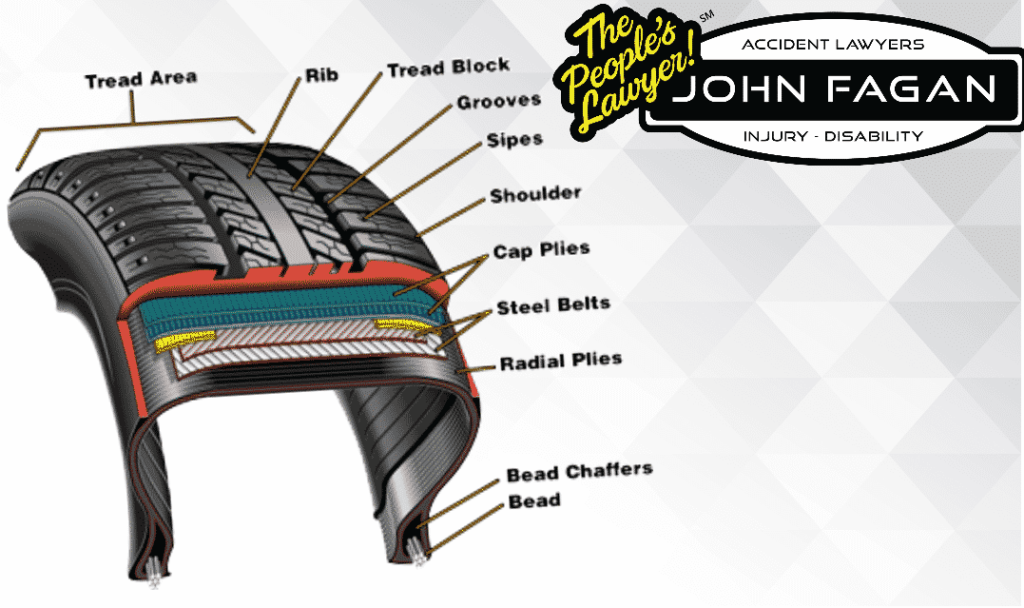By John Fagan
Common Types of Tire Defects
1. Tires made without components that oppose malfunction such as nylon overlap
2. Inadequate inner liners
3. Under inflated tires
4. Unknown material seared into the rubber during manufacture
5. Manufacture defects such as misplacement of belts
How to Survive a Tire Blowout
1. The first step is to try to prevent the tire blowouts from happening. All ties deteriorate with age. Older tires are at much higher risk of failure.
2. Replace tires when the tread gets low. Rear tires tend to cause more dangerous accidents so take special care to monitor those.
3. Do not rely on the tire pressure monitoring system to alert you of low tire pressure. Some systems give no warning until the tire is severely deflated.
4. High temperatures and speeds can cause the tires’ internal bond to break down and separate. Try to keep your car in a cool area and of course abide by safe speed limits.
5. Avoid potholes and curbs. Even though the hit may seem minor and damage might not be visible, it is always advised to have a professional asses the tire.
6. Listen for tread suspension as you are driving. It is rhythmic slapping sound that you can both hear and feel. Pull over to the side of the road gradually and cautiously to check out the noise.
7. A blowout can sound like a bomb went off underneath your car. Try not to panic and jerk the wheel when you hear it. You want to keep driving as straight as possible. Coast to a stop if possible. If you must hit the breaks, do it slowly and carefully.
Signs That the Tires Caused the Accident
1. The accident report included blowout description.
2. A vehicle’s direction suddenly changed.
3. The tread (or underlying belt) tears away from the carcass of the tire.
4. There are tire scuffs in the roadway or on the side of the vehicle.






